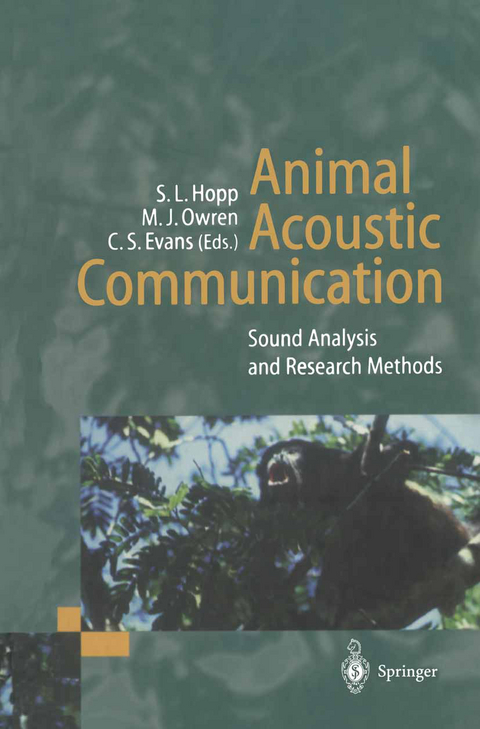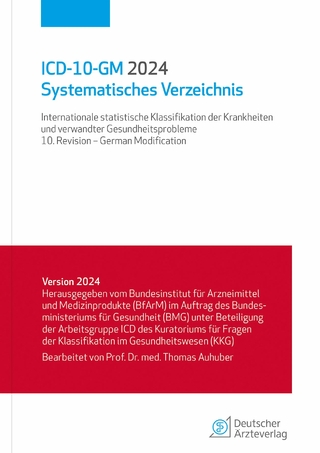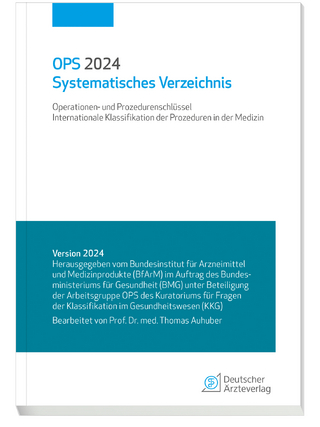
Animal Acoustic Communication
Springer Berlin (Verlag)
978-3-642-76222-2 (ISBN)
Chapter 1 Acoustic Signals of Animals: Recording, Field Measurements, Analysis and Description H. C. Gerhardt1 Introduction2 Field Recordings and Measurements2.1 Equipment2.2 On-Site Measurements2.3 Signal Amplitude, Directionality, and Background Noise Levels2.4 Patterns of Sound Propagation in Natural Habitats3 Laboratory Analysis of Animal Sounds3.1 Terminology3.2 Temporal and Spectral Analysis: Some General Principles4 Examples of Descriptions and Analyses4.1 Temporal Properties of Pulsatile Calls4.2 Amplitude-Time Envelopes4.3 Relationships between Fine-Scale Temporal and Spectral Properties4.4 Spectrally Complex Calls 5 Summary References.-Chapter 2 Digital Signal Acquisition and RepresentationM. Clements1 Introduction2 Digital Signal Processing2.1 Major Applications of DSP2.2 Definition of Digital Systems2.3 Difference Equations3 Digital Filter Frequency Response3.1 Unit-Sample Response Characterization3.2 Frequency-Domain Interpretation of Systems3.3 Frequency-Domain Interpretation of Signals4 Conversion Between Analog and Digital Data Forms4.1 The Sampling Theorem4.2 Signal Recovery by Filtering4.3 Fourier Transform Relations4.4 Effects of Sampling Rates4.5 Reconstruction5 Fundamental Digital Processing Techniques5.1 Power Spectra5.2 Time and Frequency Resolution5.3 Windows 5.4 Spectral Smoothing5.5 The Discrete Fourier Transform5.6 Correlation5.7 Autocorrelation5.8 Cross-correlation5.9 Spectrograms6 An Intoduction to Some Advanced Topics6.1 Digital Filtering6.2 Linear Prediction6.3 Homomorphic Analysis7 Summary.-Chapter 3 Digital Signal Analysis, Editing, and SynthesisK. Beeman1 Introduction2 Temporal and Spectral Measurements3 Time-Varying Amplitude Analysis3.1 Amplitude Envelopes3.2 Gate Functions4 Spectral Analysis4.1 Power Spectrum Features4.2 Measuring Similarity Among Power Spectra4.3 Other Spectral Analysis Techniques5 Spectrographic Analysis5.1 Spectrogram Generation5.2 Spectrogram Display5.3 Spectrogram Parameter Measurements6 Classification of Naturally Occurring Animal Sounds6.1 Properties of Ideal Signals6.1.1 Periodicity6.1.2 Amplitude Modulation6.1.3 Frequency Modulation6.1.4 Biologically Relevant Sound Types7 Time-varying Frequency Analysis7.1 Deriving Spectral Contours7.2 Sound-similarity Comparison8 Digital Sound Synthesis8.1 Editing8.2 Arithmetic Manipulation and Generation of Sound8.3 Synthesis Models8.3.1 Tonal Model8.4 Sources of and A Functions8.4.1 Mathematically Based Functions8.4.2 Functions Derived from Natural Sounds9 Sound Manipulation and Generation Techniques9.1 Duration Scaling9.2 Amplitude-Envelope Manipulations9.3 Spectral Manipulations9.3.1 Frequency Shifting and Scaling9.3.2 Frequency Modulation9.4 Synthesis of Biological Sound Types9.4.1 Tonal and Polytonal Signals9.4.2 Pulse-Repetition Signals9.4.3 Harmonic Signals9.4.4 Noisy Signals9.5 Miscellaneous Synthesis Topics9.5.1 Template Sounds9.5.2 Noise Removal10 Summary References.-Chapter 4 Application of Filters in BioacousticsP. K. Stoddard1 Introduction2 General Uses of Filters and Some Cautions 3Anatomy and Performance of a Filter4 Properties of Various Analog Filters5 Antialiasing and Antiimaging Filters5.1 A/D Conversion Requires an Analog Lowpass Filter5.2 Choosing an Antialiasing Filter5.3 D/A Conversion also Requires an Analog Lowpass Filter5.4 Analog Filters: Passive Versus Active Components6 Analog Versus Digital Filters
| Erscheint lt. Verlag | 14.12.2011 |
|---|---|
| Zusatzinfo | XXI, 421 p. |
| Verlagsort | Berlin |
| Sprache | englisch |
| Maße | 155 x 235 mm |
| Gewicht | 679 g |
| Themenwelt | Informatik ► Weitere Themen ► Bioinformatik |
| Naturwissenschaften ► Biologie ► Ökologie / Naturschutz | |
| Naturwissenschaften ► Biologie ► Zoologie | |
| Schlagworte | akustische Kommunikation • anatomy • animal acoustic communication • animal behavior • Bioacoustics • Bioakustik • classification • comparative psychology • Ethologie • Ethology • growth • PET • Tiere • Vergleichende Psychologie • Verhalten |
| ISBN-10 | 3-642-76222-0 / 3642762220 |
| ISBN-13 | 978-3-642-76222-2 / 9783642762222 |
| Zustand | Neuware |
| Haben Sie eine Frage zum Produkt? |
aus dem Bereich


